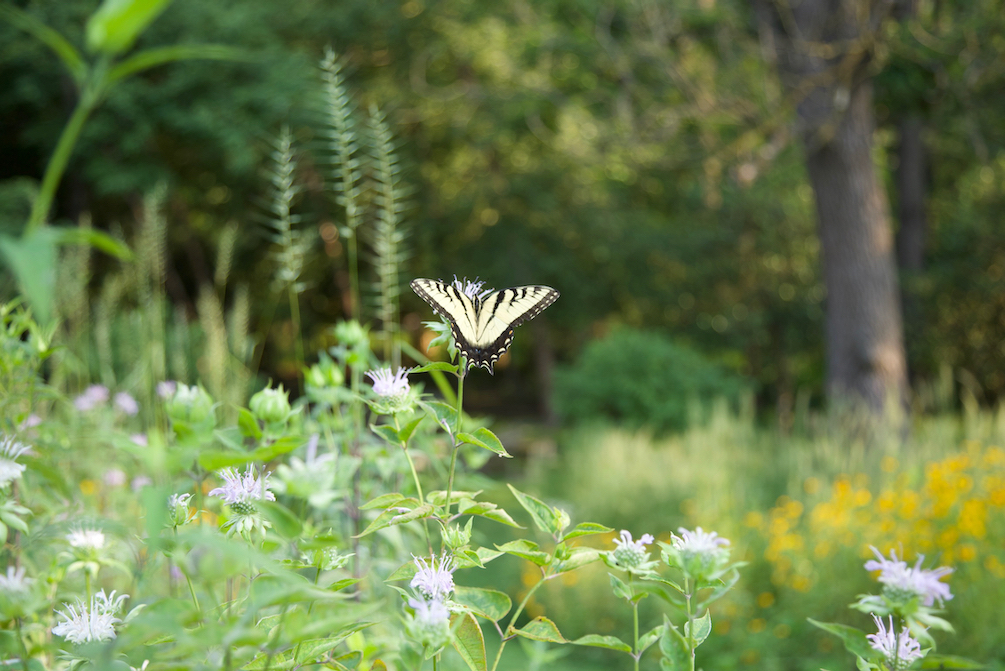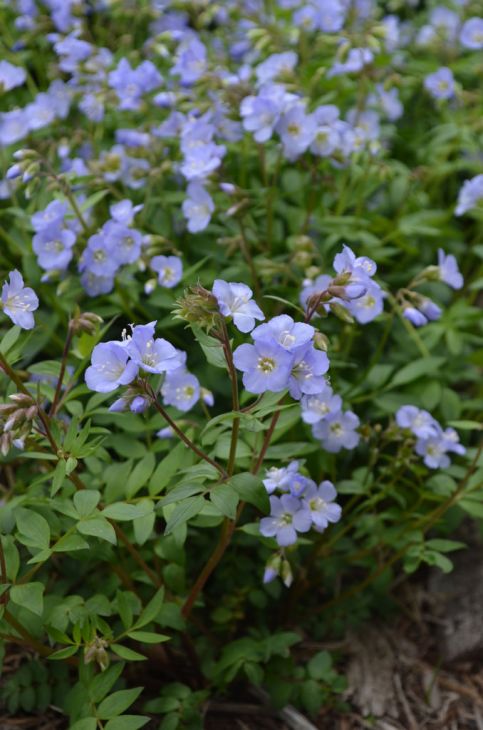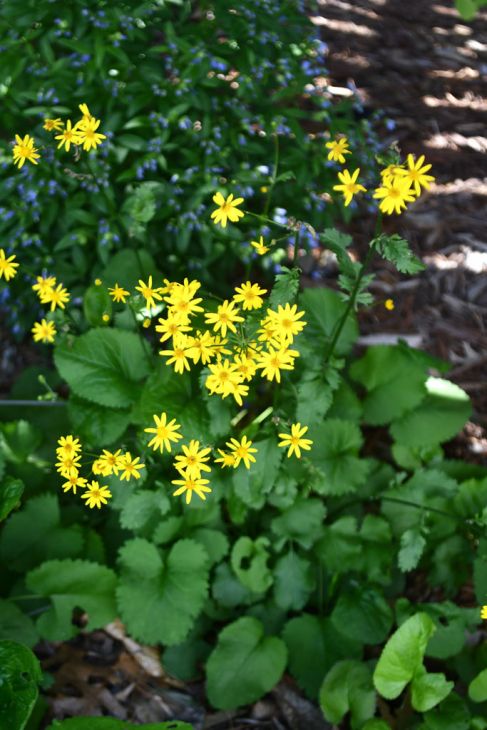Ask the Experts: Where Do the Pros Go to Source Native Plants?
- Were these plants grown with any types of pesticides? This is crucially important, as no one wants to unwittingly poison the very insects you are looking to attract.
- Can you tell me a bit more about what wildlife interacts with this plant? Just because you saw a bee on it does not necessarily mean it’s good for all pollinators. About a quarter of our native bees in the Northeast are specialists, meaning they require the nectar and pollen of specific plants in order to survive. Wouldn’t you want to know what those plants are? The ability for native plants to support insect life is tremendous, orders of magnitude more than nonnative plants. Who eats all those insects? Hungry baby songbirds do, one of the best reasons to use native plants.
- Where was the plant sourced? Locally sourced plants are better adapted to the timing and emergence of flowers and insects. This exquisite choreography between plant and insect has evolved over countless generations and is tightly synced. Using locally sourced plants helps keep both sides in step together.
Should you buy seeds, plugs, or pots?
Seeds are the least expensive option, followed by plugs, and then larger pots. If you have the time and interest, go with seeds. “Seeding is best for those who are patient and enjoy getting into the ‘weeds’ of plant biology and the growing process. Preparation is key, growing is slow, and weeding is ongoing—especially in the first couple of years,” says Abby Lawless, principle of Farm Landscape Design. “Each species of plant has specific germination requirements. For example, some may require periods of cold, moisture, exposure to light, oscillating temperatures, and so on.” (Read: The Garden Decoder: What Is ‘Cold Stratification?’)
Her recommendation? “Work with native plugs, which are small, young plants that can range from 2- to 2.5-inch-wide and 2- to 5-inch-deep. Growing plugs requires far fewer resources than larger potted plants, and because they are being planted at such a young age, they adapt quickly to environmental conditions and grow to be strong, vigorous plants.”
What are some trusted nurseries for native plants?
Jeff Lorenz, founder of Refugia Design: “For retail, I look for the American Beauties line, which is available at many retail nurseries. For mail order, there’s also Ernst Seed, Roundstone Native Seed Company, Pinelands Nursery & Supply, Prairie Moon Nursery, and the Wild Seed Project.” (Read: Refugia’s Quiet Revolution in Philadelphia’s Suburbs.)
Jeff Lynch, director of horticulture at Wethersfield Estate & Garden: “A very good and mail order retail plant nursery is Wood Thrush Native Plant Nursery. Based in Virginia, they grow rare and unusual varieties. My best wholesale sources for native plants are Kind Earth Growers, New Moon Nursery, and North Creek Nurseries. Even though most homeowners can’t buy from them, they’re great resources with an incredible wealth of information on native plants.”
Toshi Yano, director of Perfect Earth Project: “For gardeners around the Hudson Valley, these nurseries are worth the trip: Earth Tones Native Plant Nursery, Tiny Meadow Farm, and Barkaboom Native Plants.
See also:
(Visited 1 times, 1 visits today)








